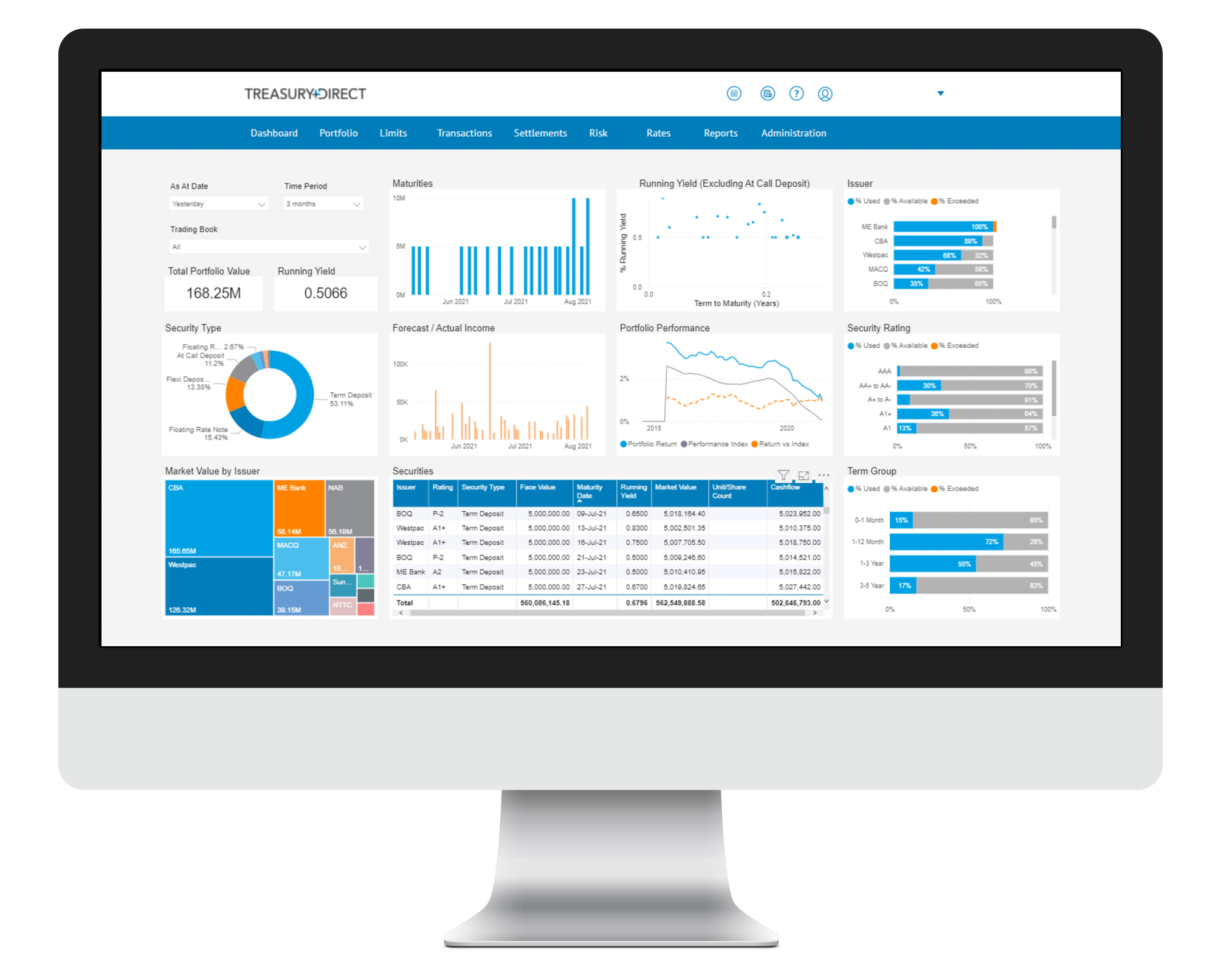Markets Overview
- ASX SPI 200 futures down 0.3% to 8,852.00
- S&P 500 down 0.6% to 6,656.92
- Dow Average down 0.2% to 46,292.78
- Aussie little changed at 0.6599 per US$
- US 10-year yield fell 4.1bps to 4.1061%
- Australia 3-year bond yield rose 0.5 bps to 3.44%
- Australia 10-year bond yield fell 0.5 bps to 4.26%
- Gold spot up 0.5% to $3,763.78
- Brent futures up 2.0% to $67.87/bbl
Economic Events
- 11:00: (AU) Australia to Sell A$1 Billion 3% 2033 Bonds
- 11:30: (AU) Aug. CPI YoY, est. 2.9%, prior 2.8%
- 11:30: (AU) Aug. CPI Trimmed Mean YoY, prior 2.7%
Australia’s August CPI report is likely to show inflation holding firm near the top of the RBA’s 2%-3% target band, according to Bloomberg Economics. Australian Prime Minister Anthony Albanese says that he will meet with President Trump in Washington DC on Oct. 20.
Wall Street traders drove stocks down from all-time highs, with Federal Reserve Chair Jerome Powell offering no hints on whether he might support a rate cut at the central bank’s October meeting. Bonds held gains.
Following a series of records, equities took a breather amid a slide in big tech. Powell said the outlooks for the labor market and inflation face risks, reiterating his view that policymakers likely have a difficult road ahead as they weigh further interest-rate cuts.
“Powell says nothing new,” noted Peter Boockvar at The Boock Report.
To David Russell at TradeStation, Powell is laying the groundwork for tariffs boosting inflation in the fourth quarter. He’s giving officials room to maneuver against political pressure, and softening the message by saying the impact will be short lived.
Fed officials lowered their benchmark interest rate by a quarter percentage point last week and penciled in two more reductions this year following months of intense pressure from the White House to slash borrowing costs.
“Powell doesn’t want to antagonize the White House but he’s not rolling over either,” Russell said. “He’s keeping his options open in case price pressures increase. Powell’s not trying to sound hawkish, but he’s trying to dodge some of the forceful demand for aggressive cuts.”
While most shares in the S&P 500 rose, the index slipped. A gauge of tech megacaps lost 1.5%. In late hours, Micron Technology Inc. gave an upbeat forecast. Ten-year yields slid four basis points to 4.11%. The dollar wavered. Gold held its record. Oil climbed amid tensions between NATO and Russia.
To Neil Dutta at Renaissance Macro Research, Powell continues to signal he’s more focused on the labor market.
“There is reason to expect Powell to be onboard with rate cuts at each of the next two meetings,” he said.
Some policymakers are becoming more concerned about growing risks to the labor market, while others remain primarily worried about the possibility that above-target inflation could be pushed higher by tariffs and other policies.
Fed Governor Michelle Bowman said officials need to act decisively to bring down rates as the labor market weakens. Fed Bank of Atlanta President Raphael Bostic said he sees more inflation coming, echoing remarks from his Chicago counterpart Austan Goolsbee.
“While some hawkish Fed officials put a lot of weight on market developments and see this as a reason to be wary about cutting rates any further in the near term, this is not the way Powell and the core group think,” said Krishna Guha at Evercore.
Guha also noted that Powell declined a clear invitation to signal alarm about stock gains or suggest that the ebullience in the market is leading to the Fed having second thoughts about dovish policy.
“He agreed with his questioner that prices look highly valued by historic standards and said the Fed looks at financial conditions. But he made it clear that it is not the Fed’s job to target stock prices or decide what the right valuation should be. In other words, employment and inflation trump stock prices,” Guha said.
Anthony Saglimbene at Ameriprise noted that since May, the 10-year Treasury yield has been on a bumpy decline, and the S&P 500 has posted strong gains over the same period.
Simply, lower rates make future corporate earnings more attractive when discounted to their present value — supporting higher equity valuations.
“Lower discount rates increase the present value of future cash flows for companies, making equities more appealing relative to fixed income alternatives, all else equal,” Saglimbene added.
“Lower discount rates increase the present value of future cash flows for companies, making equities more appealing relative to fixed income alternatives, all else equal,” Saglimbene added.
Prospects of further rate cuts, surprisingly strong profit growth and enthusiasm for Big Tech companies that are capitalizing on artificial intelligence have all kept equities near their all-time highs.
The record-setting advance has pushed the S&P 500 nearly 3% above the average year-end forecast among those tracked by Bloomberg, which currently stands at 6,486. Only in 2024 and 1999 have the analyst calls lagged the market’s actual return so much around this time of the year.
“The bull market in equities is ‘alive and kicking’,” said Craig Johnson at Piper Sandler. “While we maintain our bullish outlook over the intermediate- to longer-term, we also recognize that the SPX has advanced for nearly five straight months without a material pullback.”
His year-end S&P 500 price objective of 6,600 has recently been achieved, and short-term momentum has modestly eased. Johnson says he’ll review his year-end objective and look to establish a 2026 objective in the beginning of the fourth quarter.
The gauge hovered near 6,650.
Meantime, a burst of activity is powering the US IPO market toward its busiest month since the final innings of a manic 2021.
Klarna Group Plc and Netskope Inc.’s successful outings led the charge, lifting September’s US initial public offerings volume so far to $7.6 billion, excluding financial vehicles such as blank-check firms. Newly-public companies delivered a weighted-average return of 17%.

